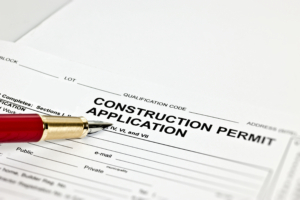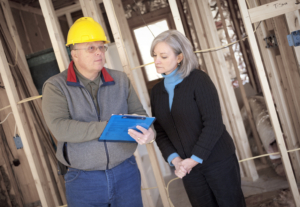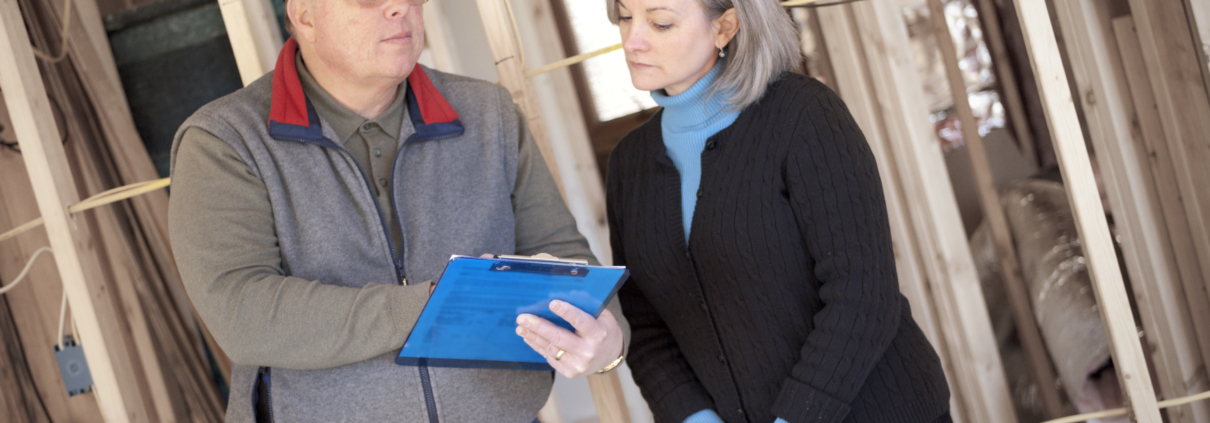What To Do If Building Permits Weren’t Pulled
Many homeowners think getting building permits pulled is a waste of time and money. However, this is not the right approach. If you don’t have a building permit, you may be exposed to many risks. Talk to any construction expert, and s/he will ask you to get a permit even before they start to break the ground.
Getting building permits pulled is like getting a safety jacket before jumping into the ocean. The permit protects you financially and legally. At the same time, it ensures that no safety hazard or human casualty occurs resulting from completed construction or remodeling work. Put simply, once you have a permit, professional inspectors will regularly visit your construction site and ensure that all the code requirements regarding ground-fault circuit interrupter (GFCI), handrails with returns, bathroom venting, deck flashing, smoke alarms, etc., are met.
So, without much ado, getting an owner builder permit is the first thing you need if you don’t already have one and planning for construction works or renovations. Here we are to guide on the what’s and how’s of getting an owner builder permit. But before that, just a quick sneak peek into how much a building permit costs.
How Much Does a Building Permit Cost?
Well, there is no one-price-fits-all building permit cost for all homeowners in the US. The charges for getting a building permit depend on per square foot charges in your locality, type of construction works included, project scope, etc. The cost involved can range between $150 to $2500. However, if you specifically talk about the owner builder permit, you will generally need to spend something between $500 to $2000. According to the government directives, the cost for the first permit is typically around $35 per thousand dollars spent on the project. The charges (per thousand dollars) for the second and third permits can be around $25 and $15, respectively.
Now that you have a basic idea about the cost of getting a building permit for house, let’s find out how you can get one.

What to Do for Pulling Residential Building Permits
Most municipalities require a building contractor or homeowner to have the residential building permits in hand before starting the construction or remodeling work. The norms also say that the primary onus of getting the permit is on the homeowner. However, some reliable builders agree to help homeowners regarding this. Still, the homeowner must check and ensure that the permit is actually pulled in time.
Nevertheless, here is a step-by-step process of getting a building permit.
- Get in Touch with Your Local Government Authority:
You must visit the office or the official website of your local government authority to get the building permits pulled. As a homeowner, you can do this on your own or issue a letter of authorization to the contractor who is taking care of the work. You will receive an application form from the local government office or its official website.
- Fill the Application Form Properly to Get the Owner Builder Permit
To get the building permit for your house, you will need to fill out the form properly. If you are unsure, it is better to consult your contractor or anyone having expertise in this matter. Further, make sure to know about and attach the required documents along with this application form. If you are a first-time applicant, you will need to attach many documents like Fire Clearance, Certificate of Occupancy, Environmental Clearance, Site Plan Approval, etc.
- Deposit the Application Fees:
You will also need to submit the fees when depositing the application form. The application fee can be around 50% of the plan fee and is usually not refundable.
- Inspection by Officials:
Once you deposit the application form and fees, the officials will visit your project. They will inspect the scope of the work and will have a close look at the project plan. This inspection is important for the officials as it helps them decide if you need any sub-permit along with the actual building permit, depending on the construction or remodeling work being done.
- Fetching the Permit:
When the application and inspection processes are done, you will receive a notification. You can even collect the permit from the government office. At this stage, you will have to clear all fees related to the permit. Further, depending on the sub-permits you need, you may need to pay additional fees.
- Displaying the Building Permit:
Once you or your contractor has the permit, do not forget to put it on display at the job site. Usually, inspectors regularly visiting a construction site to ensure that all safety requirements are met, and all the works are being done in adherence to the code requirements. And when the inspectors visit the construction site, they will look for the permit.
Steps to Be Taken if You’ve Purchased a Home Without Building Permits
Getting a building permit pulled can be challenging while or after buying a house without proper permits. That is why it is always wiser to consult an attorney beforehand. The attorney will help you prepare the agreement, clearly stating that the seller needs to get the permit and a certificate of occupancy signed by the local authority having jurisdiction before the deal is closed.
It is important because once the Purchase agreement is closed, the home buyer will be responsible for the construction or any work done in it without permits.
Thankfully, you can apply for a Retroactive Permit if you find out that the entire construction or a part of it is done without permits. However, you must consult a permitter or a construction expert in this matter. You should also seek suggestions from a legal expert.
Nevertheless, you can follow this step-by-step process of getting a Retroactive Permit.
- Meeting with the Planning Department:
Once you meet the planning department, they will check whether the unpermitted construction complies with the present zoning laws or ordinances. If the construction is compliant with these laws and ordinances, an official will ask you to get a design review. However, if the design is non-compliant, some modifications will be recommended.
- Get the Construction Design Plan Ready:
If you have the blueprint, it’s fine. Otherwise, seek help from a professional architect or draftsman to make the design for you. You may need site plans, floor plans, energy-efficient reports, and electrical plans.
- Initial Inspection:
An inspector will visit your place and confirm whether the construction plan or design actually matches the construction or not. The areas focused on during the initial inspection are:
- Foundation
- Framing
- Electrical
- HVAC
- Mechanical
- Insulation
The inspector will make a report based on his findings. Based on the report, some repairs or corrections may be needed.
- Final Inspection and Handing Over the Certificate of Occupancy:
Once you finish the recommended repairs or correction work, the authorities will give you a certificate of occupancy, and your permit will be cataloged.

Final Thoughts:
If you are not confident about getting an owner builder permit on your own, you can seek assistance from your contractor. Irrespective of whether you pull the permit on your own or rely on the contractor for the same, ensure the permit is in place before the construction work starts. Otherwise, the construction work may suddenly get stopped. Also, the officials may compel you to pay double or triple fees for getting a permit if it is not pulled initially.
Further, the consequences of not getting a permit beforehand may include demolition of the construction. Moreover, the valuation of your property may go down if it does not have a permit and you are trying to resell it.
Even as a home buyer, you need to be careful whether the permits are in its place or not. Make sure that your agreement has the literature that asks the seller to have the permit and certificate of occupancy. There is also a provision for getting the Retroactive Permit. However, the process is quite elaborate, and some cities even do not have this option. Its best to be proactive in regards to this and determine whether a permit can be acquired after you close on the home.




